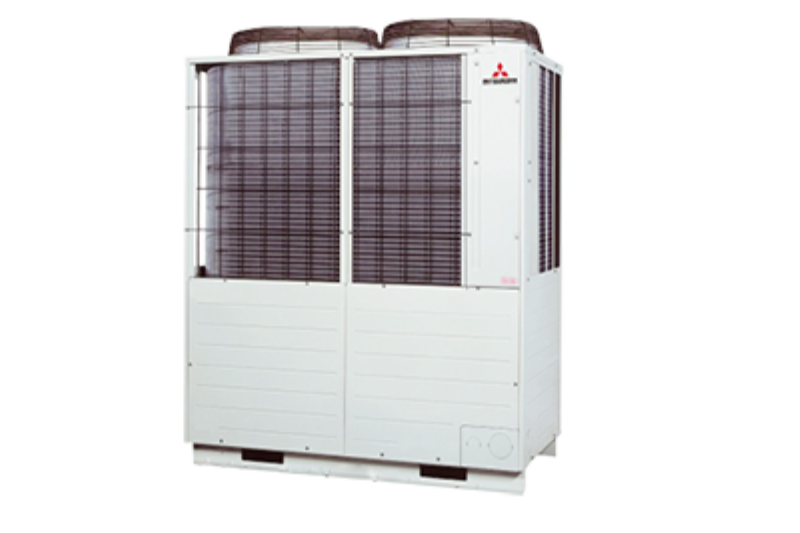A Complete Guide to VRF Systems
You are probably familiar with the terms heaters, boilers, heat pumps, and air conditioning systems, at least you have heard about them. A Variable Refrigerant flow also known as VRF systems is something unfamiliar to most; however, your building could be missing out. These are ground-breaking, compelling, adjustable, and energy-productive warming and cooling frameworks that can offer a quick return on investment. In case you are keen on becoming familiar with VRF innovation and how you can benefit from it, continue reading this blog.
History of VRF systems
VRF systems are generally new to India. These frameworks were first invented by the Japanese HVAC organization Daikin in 1982. In Japan, 50% of business and 33% of large office spaces use this framework. It advanced here in the mid-2000s, for the most part as a reasonable method to warmth and cool business structures.
How Does a VRF System Work?
The technology behind VRF systems is extraordinarily complicated but consider them an upgraded variant of ductless smaller than usual parts. VRF systems use heat pumps or warmth recuperation frameworks to provide incredible warming and cooling to all indoor and outside units without the utilization of air conduits.
With a VRF framework, a building will have numerous indoor units used by a solitary outside consolidating component. Either with a warmth pump or warmth recuperation framework. The fundamental distinction between the two is that the latter can provide simultaneous heating and cooling. The open-air unit has blowers with inverter-driven fans, which implies their speed varies by changing the frequency of the force gracefully. The measure of refrigerant conveyed by the blower is dependant on the rate. At the point when the indoor unit sends an interest to the outdoor component, the open-air tool delivers the particular measure of refrigerant to the individual indoor units. VRF technology can perform at a high limit without the utilization of pipes, which is one of its advantages of a VRF system.
Advantages of a VRF system
- Customized heating and cooling – In conventional HVAC frameworks, you will see that the main alternatives are on or off. VRF systems can heat and cool various zones within a building at the same time. And inhabitants can customize the temperature settings.
- Flexible design – The product arrives in a large number of types and sizes, which implies it can fit any application. You can discover smooth and reduced gear, so if you have limited space, this could be an excellent decision.
- Runs at a low volume – VRF systems are very quiet and will not disturb building tenants when it is running, unlike older HVAC innovation.
- Easy installation – Since the units are commonly minimized and weigh not as much as hardware with pipes, installation is a breeze! You will not have to bring in the large cranes for rooftop arrangements since most can fit in administration lifts. We realize that this is particularly significant for organizations that need to continue ordinary tasks rapidly.
- Energy-efficient – VRF systems are up to 30% more effective than regular HVAC frameworks. They give energy savings by the changed blower speed and just conveying the necessary temperature. Also, you will not encounter energy misfortune through ventilation work since it does not need any.
Final thoughts
A VRF framework will provide superior comfort, energy savings, design adaptability, and substantially more. We understand that upgrading your atmosphere control system is a critical venture, yet you do not have to stress. Our trained group at Parth Group is here to ensure you get the best possible level of service. So, you are totally agreeable. We will make a point to examine your property, guide you every step of the way, and help you get the most of your HVAC system.

